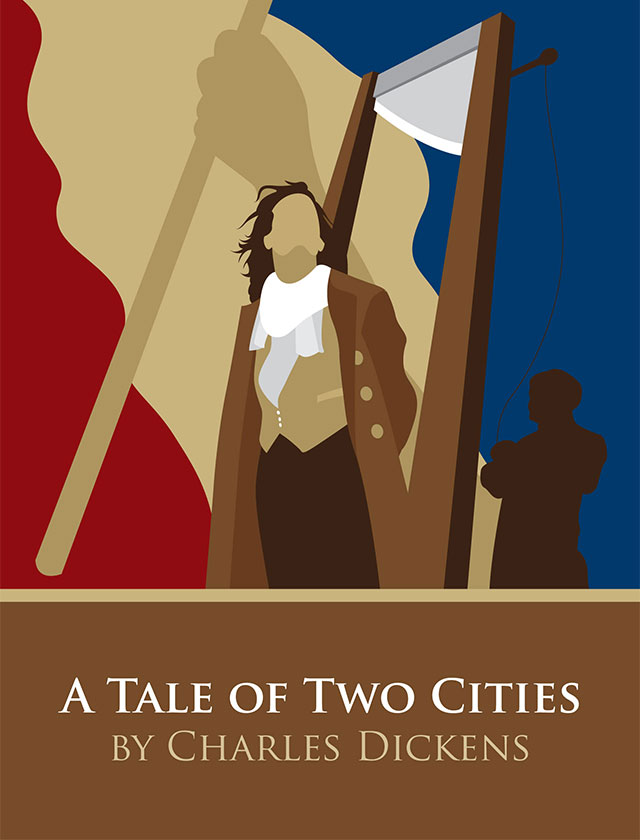A Tale of Two Cities
by Charles Dickens
Lucie Manette
Lucie Manette is a highly symbolic character who, despite driving a large part of the action in the novel, still seems to be very one-dimensional. Lucie’s descriptions throughout the novel seem too good to be true. She is not only beautiful, but kind, loving, and compassionate. She is very loyal to her father, and only decides to marry after being assured that her new husband will help her care for her father. Furthermore, once she marries, she is incredibly loyal to her husband. She travels to France to help free him, despite knowing that she faces tremendous personal danger in doing so.
Lucie’s devotion to her family, which has been impacted by the Evrémonde’s actions to the same degree as Madame Defarge, serves as a foil to how Madame Defarge responds to the Evrémondes. Rather than allowing what has happened to her make her bitter and hateful, Lucie uses the goodness inside of her to help remove bitterness from others. Moreover, just as Madame Defarge transforms her husband, who is basically a good man, into someone who will harm the innocent, Lucie transforms a character, as well. Sydney Carton begins the novel as a hard, uncaring, and self-destructive man. However, his love for Lucie prompts significant internal changes, leading to a tremendous sacrifice by the end of the novel.
According to Dickens, Lucie is the golden thread that binds her family together. Given the significance that knitting and weaving have in the novel, the fact that Lucie is someone that holds her family together is significant. Lucie’s knitting is figurative; she is not an actual thread, but a figurative thread that binds her family. However, Madame Defarge literally knits a thing that leads to destruction.
Sign up to continue reading Lucie Manette >